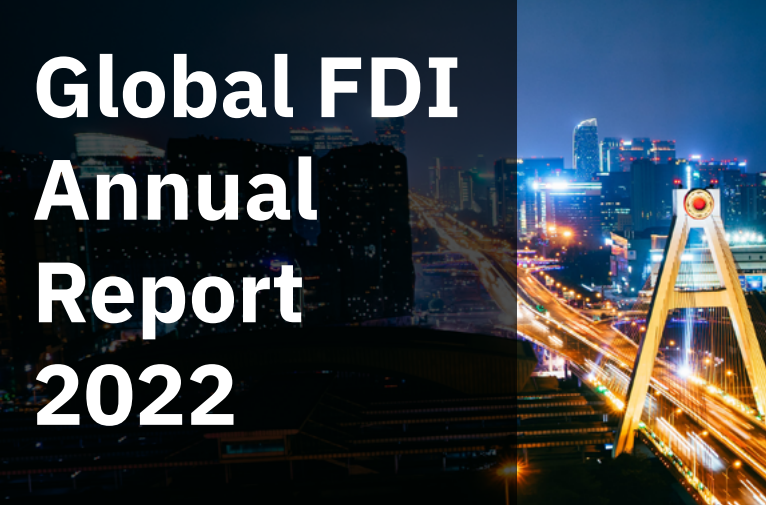
The number of greenfield foreign direct investment projects jumped by 18% in 2021, just shy of the level reached in the pre-pandemic year of 2019, according to a new report on FDI.
The Global FDI Annual Report 2022, produced by Just Food parent GlobalData and sister site Investment Monitor, shows the number of projects totalled 16,516 last year.
As Covid vaccinations became more widespread, economies began to reopen, as the ‘living with Covid’ era began. Investors were quick to respond, leading to a robust rebound in global FDI levels. However, companies are still faced with a raft of lingering issues such as supply chain disruptions and changing consumer demand patterns, as well as several more geopolitical factors to further muddy the FDI waters.
Most sectors gain in FDI in 2021
According to Investment Monitor‘s FDI Projects Database, 26 of the 34 global FDI sectors witnessed yearly growth in 2021. Of those, the most notable were communications and media and renewable and alternative power.
Communications and media FDI almost doubled in 2021 when compared with 2020. A surge of 5G projects, points of presence and edge locations as well as continued data centre constructions propelled the communications sector to become the third-largest FDI sector behind software and computer services and business and professional services. Technological developments and the rapid growth of the work-from-home generation are key factors for the sector’s boom.
Renewable and alternative power , which was the largest growth sector in 2020, continued along this trajectory, increasing by a further 36% in 2021. It is now the eighth-largest FDI sector and dwarfs non-renewables. A key sector to combat inflationary utility prices and help achieve the UN Sustainable Development Goals (SDGs), renewable energy FDI is finally seeing the breakthrough that has been on the horizon for several years.
Software and computer services remained the leading FDI sector. After experiencing a 24% drop in project numbers in 2020, the sector grew by 29%, taking it back to pre-Covid levels. Software as a service, operating systems and apps was the principal sub-sector within software and computer services. The subsector, which grew by 19% in 2021, accounted for almost half (48%) of all software and computer services projects. Computer programming activities and fintech operations were the next most popular tech subsectors, growing annually by 42% and 30%, respectively.
Amazon was the top investor in 2021
Not only did the Covid-19 pandemic cause millions more people to work from home, but it also changed consumer spending habits. The surge in online shopping has had several implications for FDI trends. Markedly, Amazon was the world’s leading investor in 2021, creating 241 projects. The online retail giant is continuing to drive its consumer-based logistics investments as well as diversifying into new sectors such as renewables.
CSL, the Australian biotech company, opened a multitude of plasma centres in 2021 across the US through its subsidiary, CSL Plasma. This accounted for its 1,150% growth, after a quiet 2020.
Tesla also climbed back into the leading investor table. The company opened a raft of service centres across Asia, western Europe and Canada. Additionally, it also opened manufacturing, R&D and sales operations.
Businesses are becoming much more aware of their sustainability performance. Environmental, social and governance goals are a key topic for many companies in their annual report filings. Greenfield investment in sectors relevant to the SDGs rose by 39% in 2021, signalling a continued progression in sustainable investment.
Worrying times ahead for FDI levels
Although FDI recovered strongly in 2021, investment levels will almost certainly fall in 2022. Russia’s invasion of Ukraine has caused many geopolitical issues as well as soaring inflation levels and concerns over food and utility supplies. Supply chain problems, originally slated to be resolved in 2022, still linger. Yet, as seen throughout our report, FDI has the capability to respond quickly. If market opportunities are presented, we could expect another quick rebound in 2023, continuing FDI’s recent volatile trend.


